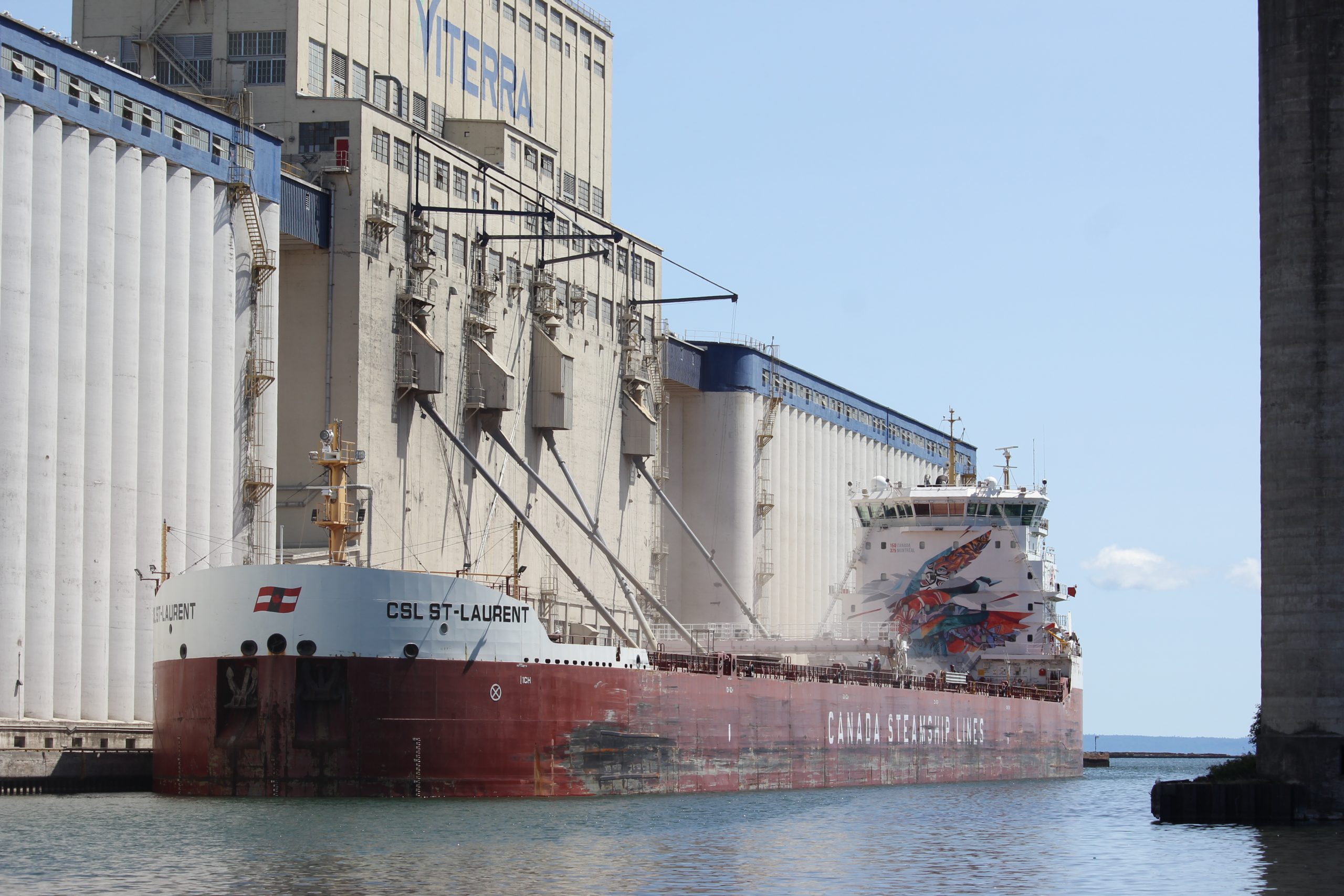By Leo Ryan, Editor
Statistics released by St. Lawrence Seaway Management Corporation (SLSMC) on cargo performance to end-November today reveal a slight increase of 1.3% in cumulative traffic volume despite the impact of an eight-day strike by Canadian workers in October that prevented some 100 vessels from transiting the waterway. But the current late season surge points to a bigger increase for the 2023 season as a whole.
“We have experienced a very strong rebound since traffic resumed after the end of the strike and we expect to finish the year about 3% higher than 2022 when Seaway cargo totalled 36.2 million tonnes,” Jean Aubry-Morin, SLSMC VP External Relations, told Maritime Magazine. “Canadian grain is notably going extremely well.”
“The relatively mild weather is helping a lot along with the extension of commercial navigation by five days to the first week of January,” he added.
Total cargo to end-November amounted to 32.6 million tonnes versus the year-earlier 32.2 million tonnes.
Highlights include a 3% increase in grain throughput to 8.6 million tonnes, an 11.4% increase in coal shipments to 1.8 million tonnes, and a nearly 7% spike in dry bulk to 11 million tonnes. Iron ore decreased by 2.5% to 5.7 million tonnes while general cargo also declined.
Among Great Lakes ports, the Lake Superior gateways of Duluth and Thunder Bay have experienced strong gains.
(Port of Thunder Bay photo)


